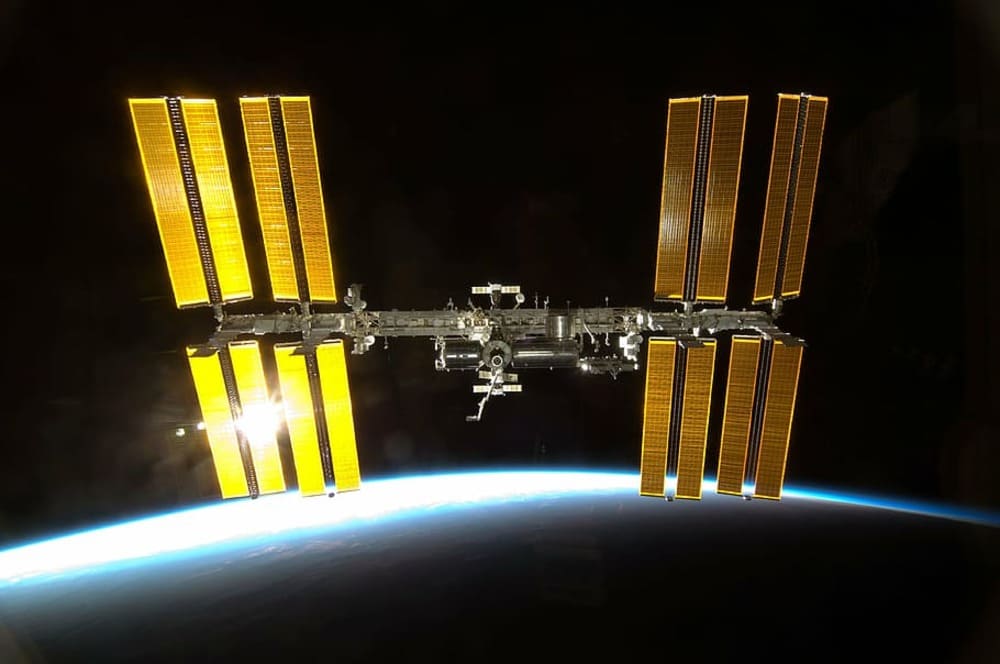The International Space Station (ISS) is one of humanity’s most remarkable achievements. This orbital station serves as a unique space laboratory where scientific research and technological advancements take place in microgravity conditions. The ISS represents the pinnacle of international cooperation, bringing together the efforts of NASA, Roscosmos, ESA, JAXA, and CSA.
Historical background of the ISS
The concept of an orbital station was first proposed in the 1980s. It wasn’t until the end of the Cold War that this dream began to take shape, with the United States and Russia leading the charge. Construction of the ISS began in 1998, and over the next decade, it evolved into a fully operational space habitat.
Design and structure
The ISS is a marvel of engineering with a modular design that allows for continuous expansion and upgrading. It consists of numerous interconnected modules, each serving specific functions:
- Living quarters: these modules provide space for the crew to live and work.
- Laboratories: dedicated modules where scientific research in microgravity is conducted.
- Solar arrays: massive panels that harness solar energy to power the station.
International cooperation
One of the most remarkable aspects of the ISS is its embodiment of international cooperation. The station is a joint effort involving the space agencies of the United States, Russia, Europe, Japan, and Canada. This collaboration extends beyond just the building and maintaining of the station; it encompasses the shared goals of scientific research and space exploration.
Scientific research on the ISS
The ISS is primarily a space research center. Scientists conduct experiments that are impossible on Earth due to gravity. Research areas include:
- Biology: studying the effects of microgravity on biological organisms.
- Physics: investigating fundamental physics phenomena in the absence of gravity.
- Earth science: monitoring Earth’s atmosphere and environmental changes from space.
Technological innovations
The ISS is a hub for technological advancements. Many technologies developed for or tested on the ISS have practical applications on Earth. For instance:
- Water purification systems: techniques developed for recycling water on the ISS are used in remote areas on Earth.
- Medical technologies: advances in telemedicine and robotic surgery have roots in space technology developed for the ISS.
Human spaceflight and daily life on the ISS
Living and working on the ISS is a unique experience. Astronauts undergo rigorous training to prepare for the challenges of life in space. Onboard, they follow a strict schedule that includes scientific research, maintenance work, physical exercise, and leisure time.
Space missions and milestones
Over the years, the ISS has hosted numerous space missions. Some significant milestones include:
- First crew: the arrival of the first long-term crew in 2000.
- Completion of assembly: marking the end of the main construction phase in 2011.
- Commercial crew program: the introduction of private companies like SpaceX and Boeing to transport astronauts to the ISS.
Future prospects of the ISS
The ISS continues to evolve with new modules and technologies. Future plans include more international partnerships, enhanced scientific capabilities, and even the potential for commercial space ventures.
The International Space Station is a testament to what humanity can achieve through cooperation and innovation. It serves as a beacon for future space exploration endeavors, demonstrating that when nations work together, the possibilities are boundless.


